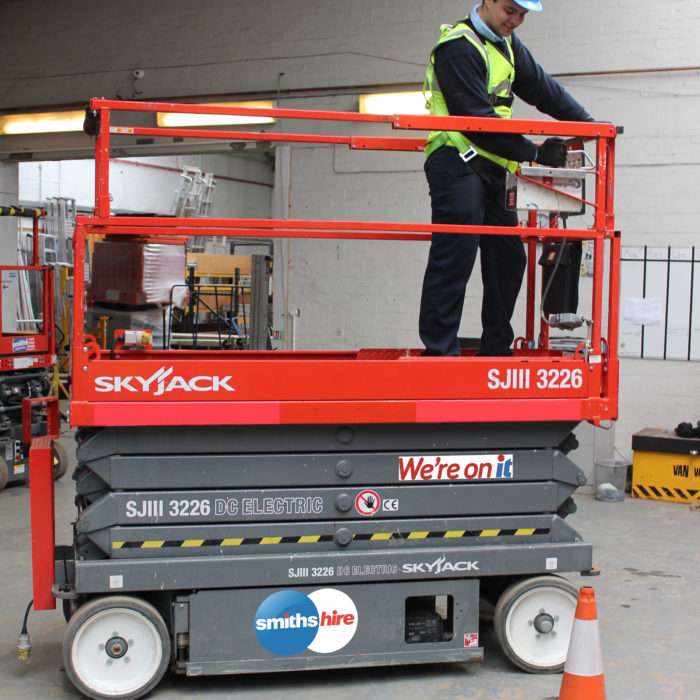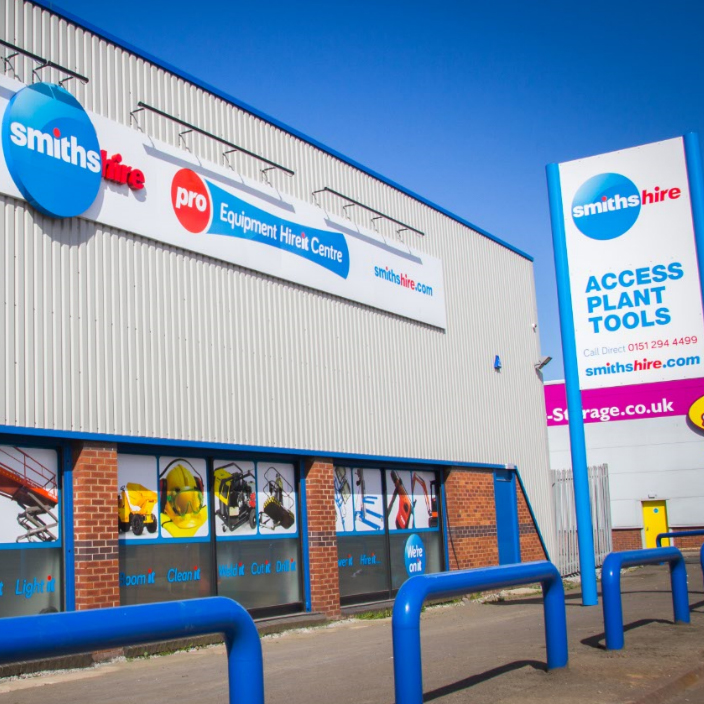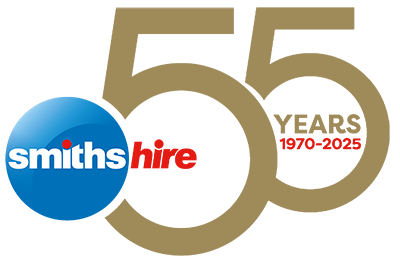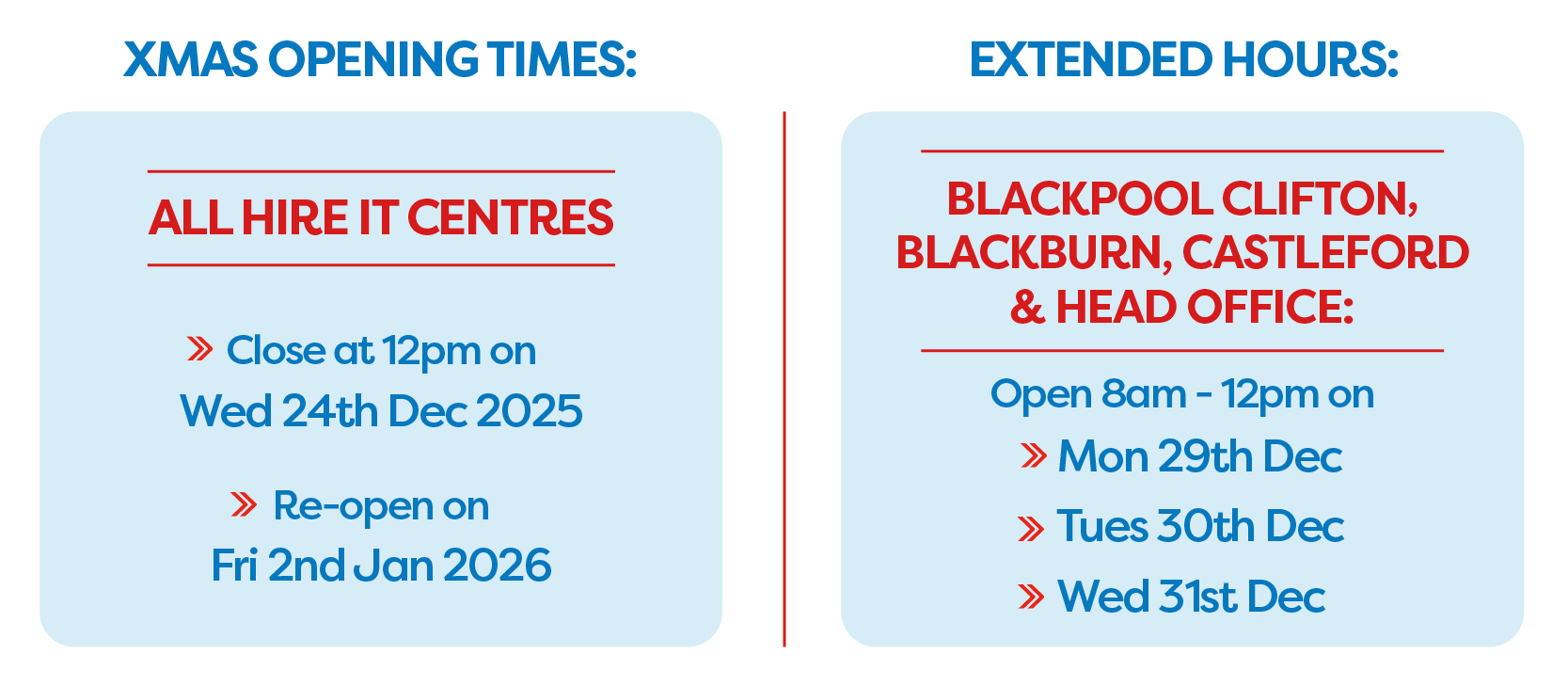Working With Non Powered and Powered Access Hire Equipment.
There are many instances when an employee will be required to work at heights. Of course, these situations are associated with a certain amount of risk. The HSE has observed that falls while working are one of the primary causes for serious injuries and even occasional deaths. The good news is that the chances of accidents such as slips or falls taking place can be dramatically reduced if the correct steps are taken well in advance. These steps would be putting in place working at height control measures. What do employers need to know and why is it often wise to utilise a professional powered access hire service
Working at Height Hazards & Control Measures
According to the Health and Safety Executive, working at heights is defined as one or more of the situations mentioned below:
- Working off of a ladder or on a flat roof.
- There is a danger of falling through a surface.
- An underfoot opening presents as hazard of tripping or falling.
Of course, the probability of an accident occurring within any of these scenarios can be mitigated if the proper precautionary steps are taken. This includes employee cognisance, possessing the proper training and only working at height when there is no other choice but to do so. There are likewise a handful of issues which fall under the responsibility of the employer:
- Workers need to be provided with safe access to and from the ground.
- The proper equipment must be used.
- Any powered or non-powered machinery should be regularly maintained and checked for faults by a trained professional.
Please note that according to the 2005 Work at Height Regulations (WAHR), all employers and those who are responsible for working at height are required to comply with these suggestions. It is important to make sure that as an employer you are taking responsibility and ensure working at height hierarchy of control.
What are the Main Working at Height Hazards?
In order to avoid potential injuries or falls, it is critical to identify some of the main working at height hazards encountered when carrying out activities off of the ground. Many experts feel that complacency is the primary reason for accidents. Workers may not take the proper steps such as securing themselves with an appropriate lanyard. Or, they might simply refuse to adhere to the rules in order to complete a task faster. Both of these are recipes for a negative outcome. Other contributing factors include poor visibility, bad weather, faulty equipment, or failing to use the right machinery for a specific task. While a certain amount of responsibility falls to the employee, management is ultimately accountable for the safety of any crew.
Why Outsource Specialised Equipment?
There are several advantages associated with outsourcing professional equipment hire services. It can be argued that the most important revolves around the fact that all of the most critical maintenance checks have been performed according to regulations. So, workers can rest assured that they will remain safe during the workday. Another advantage is that there are a number of unique products available. Each of these is intended to address discrete requirements on the job site. Some examples include:
Please note that at Smiths Hire we offer both powered and non-powered alternatives. Thus, it is possible to enjoy a synergy of safety and flexibility. This helps to avoid accidents while the machinery can likewise provide employees with the platforms required to complete a job within an amenable time frame.
Smiths Hire are able to offer IPAF and PASMA training, to ensure you and your colleagues are completely up to scratch with how to use some of the various machinery we hire out and to ensure their safety and that of others. You can find out more about our training courses here.
In terms of working at height hazards, there is little room for error. This is why it is critical to appreciate all current regulations as well as to choose a reputable equipment hire service.

 SPEAK TO US
SPEAK TO US
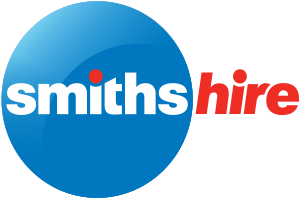
 My Account
My Account


